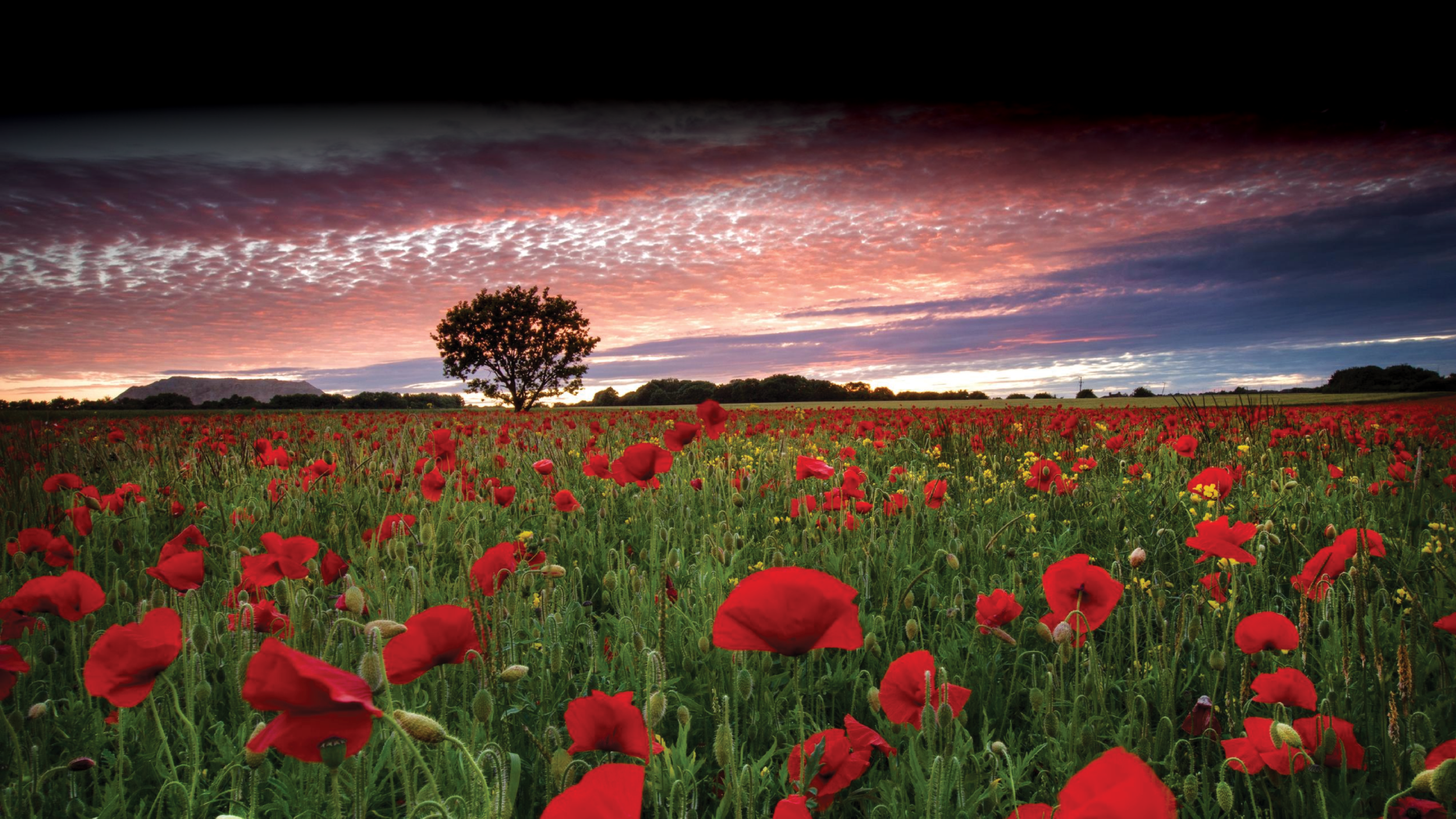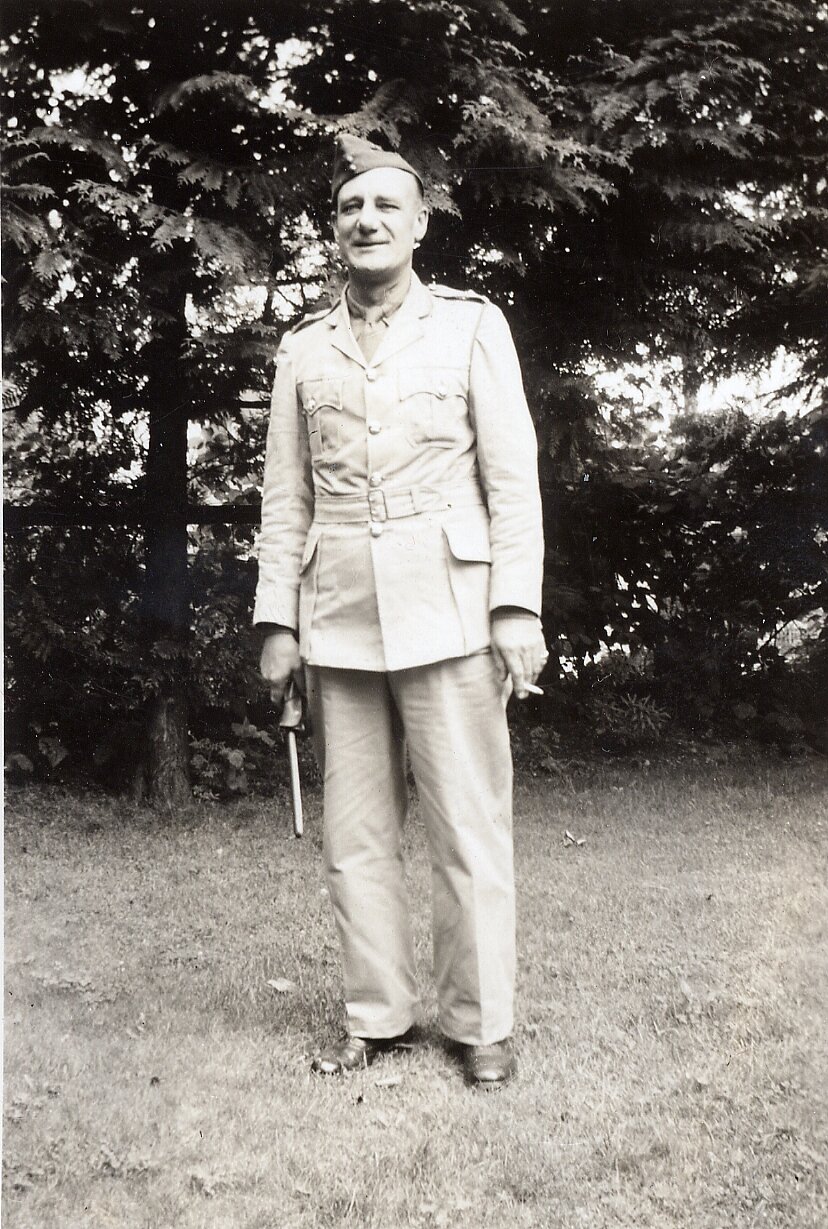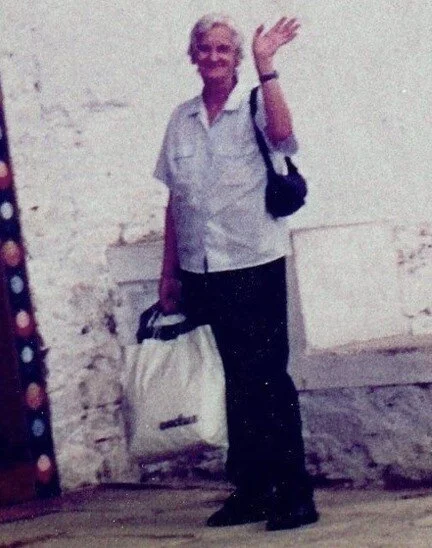

Wall of Remembrance
Donations have been made in honour of the following individuals & organizations.
Alphabetical by last name

Stories of Honour
Learn more about the lives
of the brave men and women
honoured by our living tribute.

Ernest King was a proud Canadian and, at the start of the Second World War, joined the Royal Canadian Artillery (Res.), helping with the training of young recruits here in Vancouver. In addition, he devoted his Summer vacation time for the next five years in Camp Vernon, again helping with training of young recruits.
The job of a motor mechanic was to repair vehicles and machinery on the battlefield. Imagine how creative those mechanics had to be, to keep trucks, jeeps and tanks working, and repairing them at the front, during and after an enemy attack. During his time in Italy, and North Africa especially, Don would see some very heavy fighting, up close.
Sergeant Edison Alexander Smith was rated as superior and he gave his reasons for joining as, “to help with the war.” The desire to be a helper went with him all the way to his death.
Robert George Rogers served 28 years during the Korean War in the RCAF. He enlisted on October 11th, 1946 in Kelowna, B.C and retired on June 21st, 1974.
During his service, Robert was stationed at many bases, including twice over seas – first to France in 1952 and then to Germany in August 1963.
On November 15, 2018, a WWII-crash site research team in Germany reached out to the Edmonton Journal to find the families of Halifax Mk.II bomber of 10 Squadron Royal Air Force, after having recently found their crash site.
Assigned to the Armour Corps, he received basic training in Brampton, became a tank driver at Camp Borden and shipped overseas to Thursley Commons in the UK in 1943.
Ainsworth Dyer was a man who loved his country and died to keep us free. We are all better for having known him. He was a mountain of a man who truly made your heart dance. He ran the race and ran it well.
On May 7, 1917, 26th New Brunswick Battalion landed in France. A month later, they were assigned to field duty, taking an active part in the war. It is noted on Sheldon’s military record that, on September 15, 1918, he was awarded the Military Medal for bravery in the field. There’s no record of when, where, or what he did to receive this award.
George Heron enlisted in the Great European War in May of 1915, and died "somewhere near the French/Belgian border” during the Battle of Ypres in 1916 at 52 years old.
Tom Essery was part of the Second Battalion, First Canadian Brigade that was part of this action. It has been generally assumed that he died in the taking of Vimy Ridge, but in fact, his Battalion was mostly held in reserve that day.
Having arrived in Canada from England, Ted's uncles were in the First World War, as were most of the fathers of Ted's friends; so it seemed natural for Ted and his own boyhood friends to volunteer in the Second World War as members of the Canadian Armed Forces, along with his own dad who, as a father of six at the time, volunteered for duty.
Originally from Lacombe, Alberta, Private Clyde Gladwin Kent was the uncle of current Canadian M.P., the Honourable Peter Kent. Clyde died on the last day of the Passchendaele battle, November 10th, 1917, just one year and a day before the armistice.
After attacking a U-boat in the North Sea, his plane was reported missing and his body was never recovered.
Originally Billy enlisted as a paratrooper. He then transferred to the infantry shortly before his death. Billy was killed in action in Korea on October 23, 1952 at the age of 23.
Charles Willner was born on May 19, 1939 in Tisdale, Saskatchewan. From early on, Charles knew that his life would be in service to others.
Shawn received formal award recognition – Chief of Defence Staff Commendation – for his work in Afghanistan from General Rick Hillier. He was praised for his masterful knowledge of improvised explosive device components, their employment and, in particular, for advising the Site Commanders on the implications these factors would have on the tactical situation.
Both Harold & Elaine Turner volunteered to serve in the war, but, for different reasons they were not accepted and instead served the war effort by working at the Cominco Smelter in Trail, BC. during the war years. The family would like to honour their memories and their contribution to the war, albeit here in Canada.
They say we die twice, first when the last breath leaves our body and second when the last friend stops saying your name … Michelle’s name, along with her legacy, live on in all of our daily lives.
The war that took Patrick's life also left his wife destitute and unable to care for her daughters. The temporary solution of parting with them to the care of someone else ultimately became a permanent break in the family; causing a fissure so deep that my mother and aunt rarely spoke of it and never knew their extended family. After my mother died, I began to look into her family tree. This is what I now know about my grandfather Patrick.
During his time in the Army, fighting with the The Royal Canadian Regiment, he received citations, such as the Canadian Peacekeeping Service Medal, Non-Article 5 NATO Medal for Operations in the Balkans, and the Sacrifice Medal.
After graduating from Bradford District High School, Brian worked for a while before joining the Canadian Forces in 2007. He was posted to 1 Combat Engineer Regiment in November 2008 after completing his basic Combat Engineering training at the Canadian Forces School of Military Engineering and was on his first deployment to Afghanistan when he was killed by an IED.
Kyle Sinclair was known for his love of creating and fixing things. This led to the opening of his contracting company in Oshawa, Ontario, which he ran up until he joined the army at the age of 25. Kyle brought years of craftsmanship to his role has a vehicle technician, where he was keen to contribute to something bigger.
Christopher enlisted in the 7th Toronto at Moss Park as a summer job in 1979 and continued until his acceptance for a university degree at Royal Roads Victoria.
Howard Foster enlisted in the Canadian Expeditionary Forces in September of 1915 and shortly transferred from the 64th to the 104th Battalion, deploying to Liverpool, England on July 5, 1916.
Oliver and his Unit continued fighting into Germany and he remained there until the War ended, returning home to Canada aboard the Monarch of Bermuda on December 15, 1945. Five months later, he met the girl of his dreams, Madeline. They were married six months later and celebrated 64 years of marriage before Oliver passed away on Nov. 22, 2011.
He was an excellent sniper and scout; and had an innate talent for slipping perilously close to the enemy trenches without detection.
At the Camp in Woodstock, she earned a Class-A Mechanic certificate. Also, as a member of the motor pool, she was a Driving Instructor and a Driver for the ‘Brass’. Ken served as a Trainer in the Tank Corps and, toward the end of the war, was training to be a Paratrooper.
Private Birley had kept a small journal with him and an excerpt from it explains in great detail his journey when he left Canada with the 84th Battalion towards England. This journal was passed down to his grand-nephew, Bill Birley from Paris, Ontario, who then donated it to the Paris Museum and Historical Society.
“I hope they are remembered for the heroes that they are.” - Corporal James Hayward Arnal
Private Carson was wounded during a major attack near Vimy Ridge and admitted to No.11 stationary hospital in Rouen, France, where his status was updated to “dangerously ill” on August 12,1918. He died of his wounds in hospital on August 18, 1918.

Thank you to everyone who has taken the time to share stories of their loved ones. These stories lent a voice and provided a deeper meaning to this campaign, and they will live alongside this legacy website.
If you have a story of a hero you would like share, please visit us at www.treesforlife.ca or contact us at info@treesforlife.ca.


Together, we have created the world’s largest living tribute.
Now, our work of honouring heroes continues with Trees for Life, and we would appreciate your continued support either through sharing your hero story, donating or joining us at our next community tree planting event. To learn more about our plans for Trees for Life and how you can get involved.































